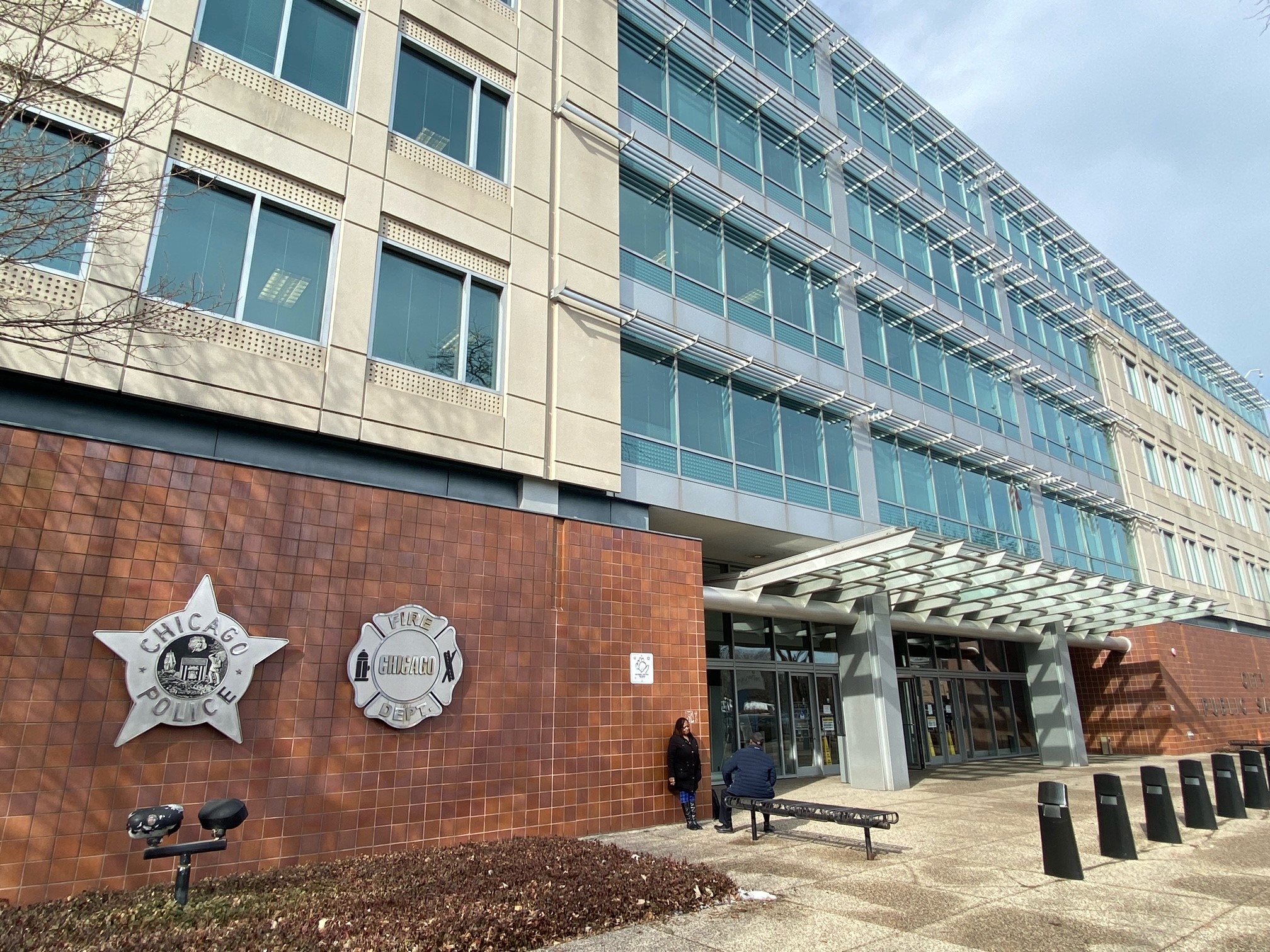
If you've noticed some hair loss following a COVID infection, you likely aren't alone, and experts say there could be a reason why.
According to the American Academy of Dermatology Association, "many people find that their hair is falling out in large clumps" months after they've recovered from the illness.
And the symptom isn't exactly new.
A study published in January 2021 looked at nearly 1,700 people discharged from the hospital after having COVID and found that 22% reported hair loss as a symptom within six months following their recovery.
Feeling out of the loop? We'll catch you up on the Chicago news you need to know. Sign up for the weekly Chicago Catch-Up newsletter here.
A similar study in May of this year aimed at determining the prevalence of the condition found that out of 198 patients admitted for COVID-19, 48 showed hair loss.
The AAD, however, says that such a response may not be unexpected.
"Fever is a common symptom of COVID-19. A few months after having a high fever or recovering from an illness, many people see noticeable hair loss," the association reported. "While many people think of this as hair loss, it’s actually hair shedding."
Local
The medical term for "hair shedding" is known as "telogen effluvium," which the National Library of Medicine says is "characterized by an abrupt onset of diffuse hair loss usually seen two-three months after a triggering event."
On a healthy scalp, roughly 85% of hairs are said to be known as "anagen" or "actively growing." Another 15% are typically "telogen," which means they are resting. A few hairs may also be catagen, which is essentially in between the two.
"A hair follicle usually grows anagen hair for almost four years, then rests for about four months," the National Library of Medicine states. "A new anagen hair begins to grow under the resting telogen hair and pushes it out. If there is some kind of stress to the body it can cause 70% of anagen hair to precipitate into the telogen phase thus causing hair loss."
The hair loss can last for up to six months, according to the NLM, but chronic telogen effluvium can extend beyond that timeframe.
"Handfuls of hair can come out when you shower or brush your hair," AAD reports. "This hair shedding can last for six to nine months before it stops. Most people then see their hair start to look normal again and stop shedding."
Even those who don't experience a fever can still have the symptom, some experts say.
That's because stress can also trigger the condition, according to both researchers and medical experts.
"Significant stress pushes large numbers of hair follicles into a resting phase. Within a few months, affected hairs might fall out suddenly when simply combing or washing your hair," according to the Mayo Clinic.
A report from the University of Utah noted a similar claim as a COVID infection can be a major stressor for many people.
Dr. Powell Perng, a dermatologist at University of Utah Health, said most patients with chronic telogen effluvium will not lose all of their hair.
University of Utah health officials said most cases of telogen effluvium cases are over in about three to six months, and in COVID patients it could be even sooner - about three months.
While some may see hair growth return to normal after a few months, those who believe there may be more to it can seek counsel from a dermatologist, experts say.
The condition is one of many long COVID symptoms that can be seen in the months following infection.
The Centers for Disease Control and Prevention says most people with COVID-19 "get better within a few days to a few weeks after infection."
For some, symptoms may last even longer.
"Post-COVID conditions can include a wide range of ongoing health problems," the CDC states. "These conditions can last weeks, months, or years."
A recent study from Northwestern Medicine showed that many so-called COVID "long-haulers" continue to experience symptoms like brain fog, tingling, headaches, dizziness, blurred vision, tinnitus and fatigue an average of 15 months after the onset of the virus.
Most recently, Chicago's top doctor noted that some could also experience vertigo after COVID infection, or infection from other illnesses.
"We see people after an ear infection, after a flu infection, a number of things can make people more likely to develop vertigo. And so generally, you may be a little more likely to develop vertigo if you've recently recovered from COVID," Chicago Department of Public Health Commissioner Dr. Allison Arwady said.
"Long-haulers,” are defined as individuals who have had COVID symptoms for six or more weeks, the hospital system has said.
But, according to the CDC, four weeks after infection is when post-COVID conditions could first be identified.
"Most people with post-COVID conditions experienced symptoms days after their SARS CoV-2 infection when they knew they had COVID-19, but some people with post-COVID conditions did not notice when they first had an infection," the CDC states.
Long-COVID symptoms can range from a wide variety of ailments, some of which may even disappear and then return later.
"Post-COVID conditions may not affect everyone the same way. People with post-COVID conditions may experience health problems from different types and combinations of symptoms happening over different lengths of time," the CDC reports. "Most patients’ symptoms slowly improve with time. However, for some people, post-COVID conditions may last months, and potentially years, after COVID-19 illness and may sometimes result in disability."
Sometimes, the symptoms can be difficult to explain. Some may even experience multiorgan effects or autoimmune conditions with symptoms lasting weeks or months after COVID-19 illness, the CDC reports.
See a list of potential long COVID symptoms here.



